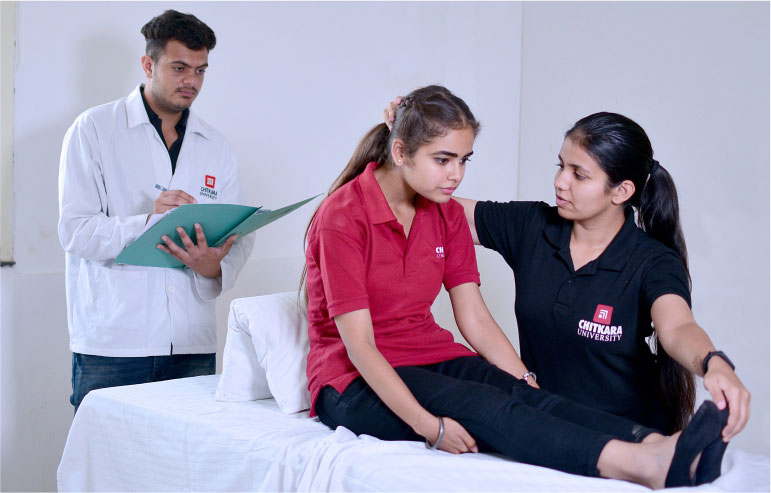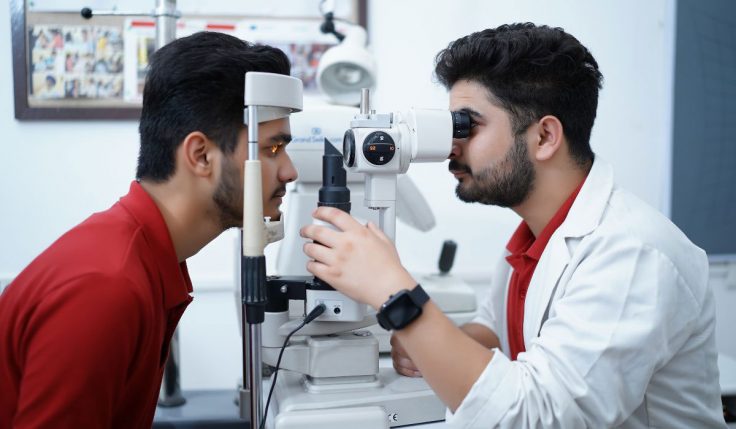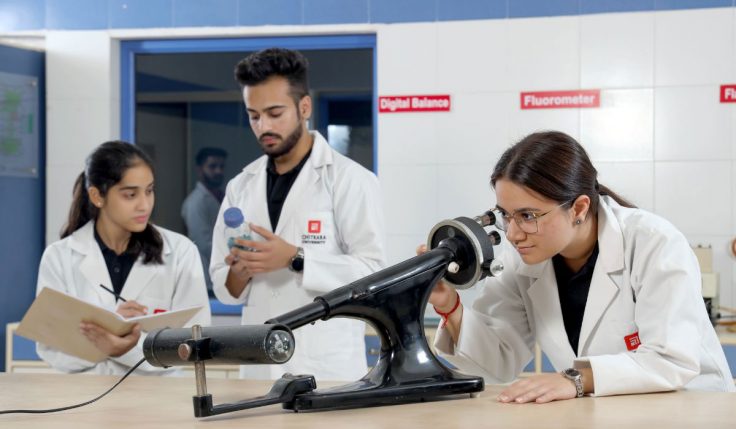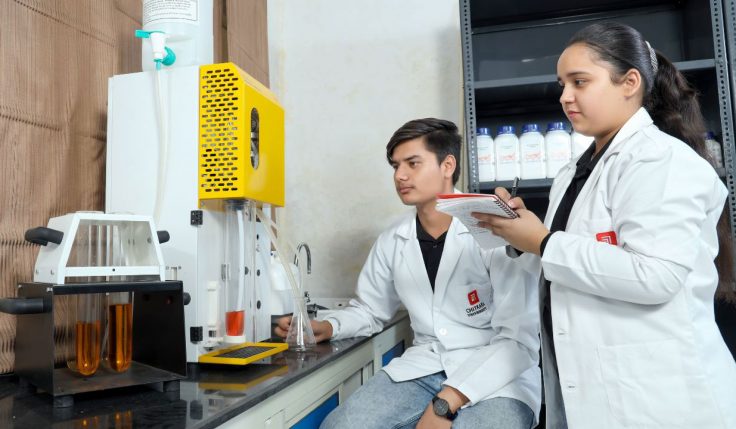Modern technology has made our lives more comfortable than ever before. We can now relax or watch TV while robotic vacuum cleaners clean our homes, dishwashers wash our dishes, and automatic washing machines wash our clothes. Chores that would usually take all day can now be completed overnight with smart devices and have made our lives easy—and sedentary.
However, not all is well with our modern, sedentary lifestyle. Our bodies were not built for long hours of sitting, which is essential today as we work on our workstations and relax while sitting, socialising or watching TV. With physical activity only limited to short walks or taking a trip to our cars. Sedentary behaviour both at work and in personal life is increasing persistently, this is why attention must be paid to this health risk. Physical inactivity can have serious implications for people’s health. According to WHO sedentary lifestyle doubles the risk of cardiovascular diseases, obesity, diabetes, osteoporosis, depression, anxiety, and certain cancers. Besides the above-mentioned, it also affects musculoskeletal health including low backache, neck-shoulder complaints, premature aging, early onset of arthritis, and other diseases that have become very common.
Although these diseases are traditionally associated with old age and genetics, our sedentary lifestyle has caused them to haunt individuals of all ages, from young children to adults. Sufferers of joint, back, and other pains often make it a habit to pop a painkiller and go about their daily lives, leading to problems of addiction and other side effects that these medicines may cause. We can alleviate most of these diseases by maintaining a healthy lifestyle that includes regular exercise and a nutritious diet that ideally begins in childhood.
WHO recommends moderate physical activity for up to 30 minutes every day results in significant health benefits. Moderate physical activities include activities such as walking, cycling, swimming, running, stretching, and balance exercises.
Also Read: Path To Become A Successful Physiotherapist
Those suffering from chronic pain often avoid physical activity altogether or take advice from those not qualified to assist them with their problems, worsening the situation. Qualified physical therapists, also called physiotherapists, can help sufferers of chronic pain, especially those with debilitating conditions such as hypertension, stroke, heart disease, geriatric problems such as joint replacement or fractures, those receiving palliative care, and individuals in rehab. Human function and movement, as well as physical potential, are the focus of this health-care profession. It entails a comprehensive approach to the prevention, diagnosis, and treatment of pain, movement disorders, and function optimization in order to improve community health and welfare, whether on an individual or population level.
Physiotherapists are qualified medical professionals trained to help individuals manage pain and improve limb and joint mobility. These professionals make use of evidence based kinesiology, electrotherapy, exercise therapy, exercise prescription, joint mobilization and health education for managing range of patient’s problems to lead healthier and happier lives. Qualified physiotherapists, such as those with a Bachelor’s degree in Physiotherapy or a Master’s degree in Physiotherapy from institutions such as Chitkara University, are highly trained individuals who can help improve mobility and manage pain for a range of patients.
Physiotherapy is a cross-domain specialization. Qualified physical therapists or physiotherapists can help a range of patients and individuals improve mobility and relieve pain. Physiotherapists are highly in demand in speciality clinics that include:
Cardiovascular and pulmonary physiotherapy
Physiotherapists help those recovering from cardiac and pulmonary surgeries such as heart attacks, coronary bypass surgery, fibrosis, and COPD.
Clinical Electrophysiology
Physiotherapists help perform electrotherapy, electrophysiological evaluations, wound management, and more.
Neurological physiotherapy
Physiotherapists help those suffering from neurological disorders, including strokes, chronic back pain, MS, palsy, and spinal cord injuries. They help patients regain strength in vision, balance, ambulation, and muscle strength and attain higher functional independence levels.
Orthopaedic Physiotherapy
Physiotherapists help those with musculoskeletal disorders such as post-surgical rehab, fractures, sporting and general muscular injuries, arthritis, sprains, back and neck pain, or amputations.
Pediatric Physiotherapy
Pediatric physiotherapists help infants, children, and adolescents with congenital, developmental, skeletal, or neuromuscular disorders. They help young children improve gross and fine motor skills and gain balance, strength, and coordination.
Palliative care
Physiotherapists help sufferers of end-stage malignant and non-malignant diseases to lead better lives. They help them minimise their level of dependence and lead a functional life.
Sports
Possibly the most common and well-known role of physiotherapists is in sports, where they help sporting professionals perform better and manage athletic injuries. They help athletes return to sports faster and assist in injury prevention and management.
Physiotherapy for Women’s Health
Physical therapists that specialise in women’s health can treat women of all ages and ailments. Physical therapists who specialise in this field can help with diseases like pelvic discomfort, Pregnancy Exercise, Osteoporosis, Urinary Incontinence/Bladder Dysfunctions Pain, Postnatal physiotherapy for problems like back pain, as well as prenatal and postnatal care.
Also Read: Path To Become A Successful Physiotherapist
Geriatrics
As the baby boomer population matures and develops more age-related diseases, geriatric physical therapy is becoming increasingly popular. Physical therapists in this field help elderly patients with arthritis, osteoporosis, and general joint stiffness and soreness. In patients with Parkinson’s or Alzheimer’s physical therapists work to help them strengthen their muscles, improve their balance, and avoid falling.
There is hardly any field of medical science today that does not require physical therapy to help patients get better faster. Physical therapy helps individuals develop, maintain and restore movement and functional ability. Additionally, trained physiotherapists can help individuals remove their dependence on medication and lead healthier, fulfilling lives. This makes Physical therapists or physiotherapists a vital part of the medical care ecosystem and are highly in demand worldwide. A primary care, client-focused health profession dedicated to improving the patient’s quality of life, physiotherapists are well-respected world over and enjoy a high level of professional autonomy.






